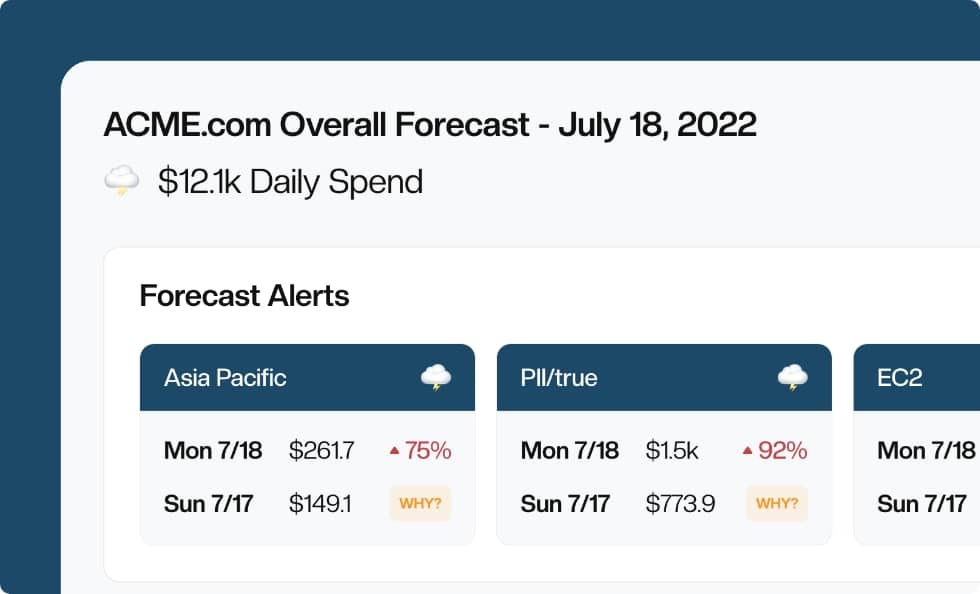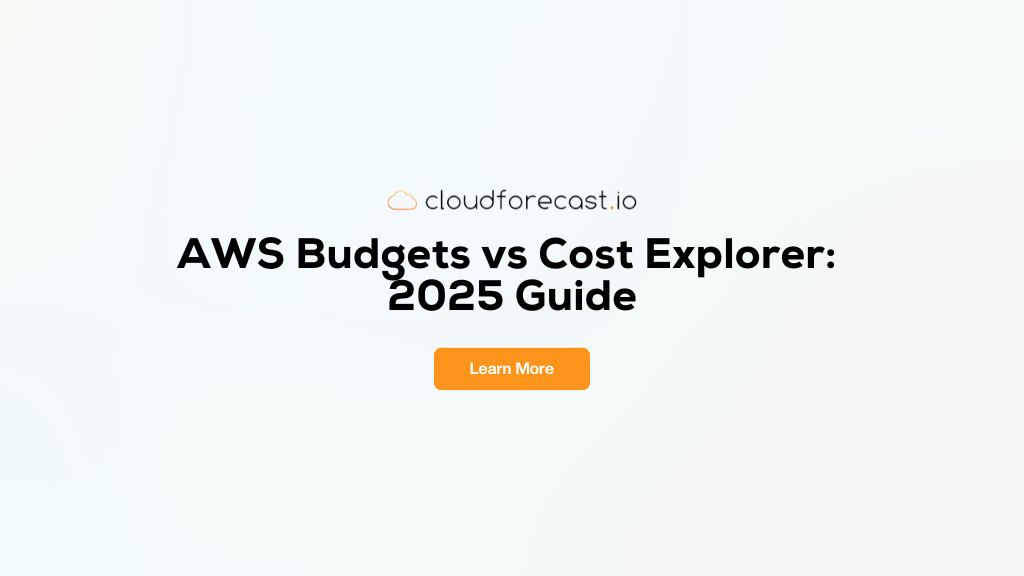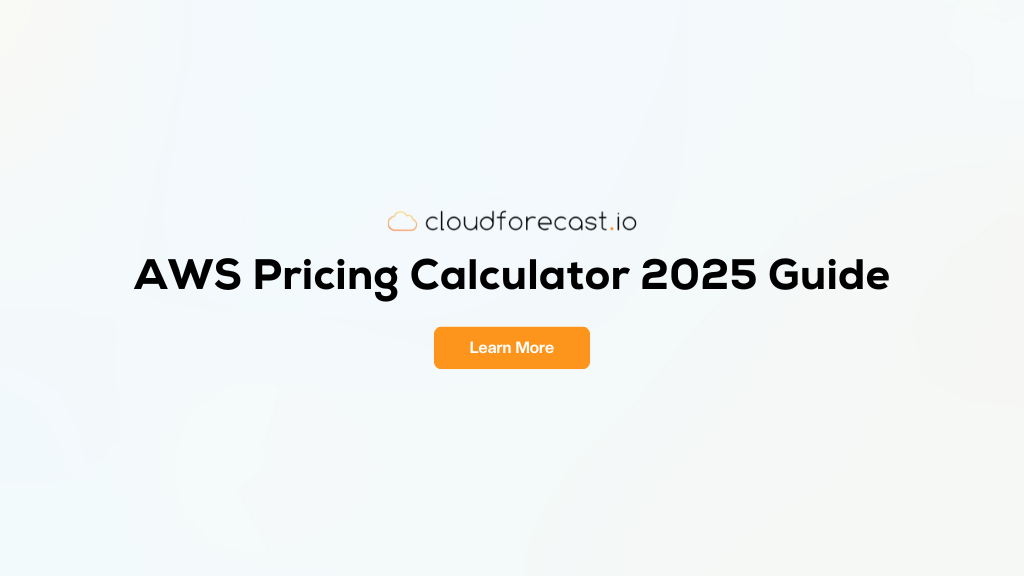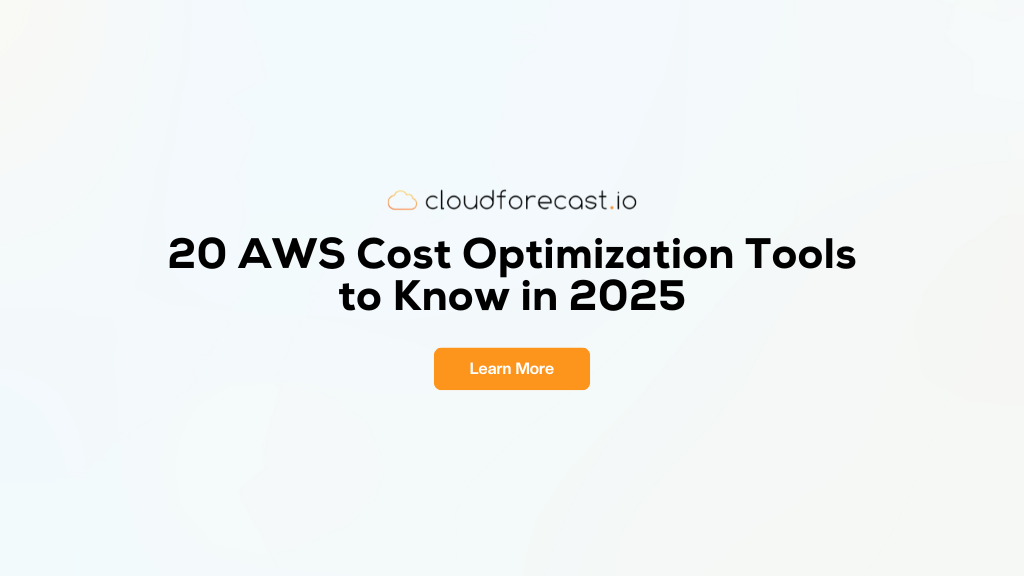11 Practical Strategies to Build a Cost-Aware Engineering Environment: Insights from Mike Rosenberg

Motivating engineers to take action on AWS costs can be challenging in cloud cost management, especially in complex organizations without dedicated FinOps teams. Mike Rosenberg, a seasoned expert in this field, shared a wealth of practical advice on navigating this challenge effectively.
Below, we distill his insights into actionable strategies engineering leaders can implement to foster a culture of cost consciousness.
1. Unit Cost to Serve as a Non-Functional Requirement
Mike underscores the importance of treating unit costs as non-functional requirements in engineering projects. This approach aligns engineering efforts with the organization’s financial goals, such as margin targets, which are critical for public companies. To implement this:
- Identify a Demand Driver: Correlate specific business activities (e.g., cost per 100,000 credit card transactions) to cloud costs. This correlation serves as a benchmark for tracking efficiency.
- Build Accountability: Engineers should have the tools to monitor these metrics independently without relying on finance or non-technical staff. Implementing self-service dashboards that track these costs in real time can empower engineers to take ownership.
2. Focus on Continuous Improvement Over Retrospection
One of Mike’s key points is the importance of not dwelling on past mistakes but instead focusing on making incremental improvements. This philosophy is crucial for building trust with engineering teams.
- Avoid Hindsight Criticism: Avoid the temptation to critique when addressing past decisions. Instead, focus on how processes can be improved moving forward.
- Leverage Compounding Progress: Small, consistent improvements can lead to significant gains over time. Encourage teams to view each small victory as a step towards a larger goal.
3. Prioritize Security, Stability, and Customer Experience Over Cost
While managing costs is important, it should not come at the expense of security, operational stability, or the customer experience. Mike emphasized that FinOps should understand its place within the broader organizational priorities.
- Set Clear Priorities: Ensure engineers understand that top priorities are security (job 0) and operational stability. Cost optimization (job 5) should enhance, not undermine, these aspects.
- Create Value, Not Just Savings: Encourage engineers to focus on creating value, even if it means spending more in certain areas. For example, storing data for regulatory compliance or ensuring high availability might be costlier but necessary.
4. Promote Cost Savings, Big and Small
Mike advocates for celebrating all cost savings, regardless of their size. This practice builds momentum and encourages a culture where every bit of efficiency is valued.
- Publicize Wins: Regularly share large and small cost-saving achievements with the entire organization. Mike mentioned writing internal blog posts to highlight these wins, which can motivate other teams to follow suit.
- Document and Share Solutions: When promoting cost savings, include the problem, technical solution, and relevant documentation so that other teams can replicate the success. This approach ensures that knowledge is shared and applied broadly.
5. Understand and Communicate the Impact of Scale
Mike uses the analogy, “No one raindrop thinks it is responsible for the flood,” to illustrate how small inefficiencies can accumulate into significant costs at scale. Understanding this principle is crucial for effective cost management.
- Educate on Scale: Help engineers understand how seemingly minor inefficiencies can have significant financial impacts when multiplied across millions of transactions or resources.
- Use Real-World Examples: To drive the point home, provide examples specific to your organization’s operations. For instance, explain how a slight increase in data transfer costs can balloon due to high transaction volumes.
6. Empower Engineers with Options, Not Directives
Having started his career as an engineer, Mike understands the importance of giving engineers autonomy. He recommends offering suggestions and options rather than dictating specific actions.
- Suggest, Don’t Command: Instead of telling engineers what to do, offer them alternatives to consider, such as using S3 Intelligent-Tiering for long-term storage. This approach respects their expertise and encourages thoughtful decision-making.
- Log and Track Suggestions: Record suggestions and monitor their implementation. This approach helps follow up and ensure that cost-saving opportunities are noticed.
7. Automate Operational Hygiene
Automating routine tasks that contribute to operational hygiene is crucial for maintaining efficiency without adding to engineers’ workloads. Mike highlights the use of tools like Cloud Custodian to automate these processes.
- Identify Targets for Automation: Focus on areas where automation can have the most significant impact, such as cleaning up unused resources or managing lifecycle policies for storage.
- Implement and Monitor Automation: Once automated processes are in place, regularly monitor their performance to ensure they continue to deliver the intended cost savings.
8. Incorporate FinOps Education into Onboarding
Mike strongly believes in educating engineers about FinOps from the outset. Incorporating this education into the onboarding process ensures that new hires are aligned with the organization’s cost management goals from day one.
- Use Persona-Based Education: Tailor the training to different roles within the organization. For engineers, this might include courses on cloud financial management, while procurement teams might benefit from specific training on cost optimization tools.
- Leverage External Resources: Platforms like FinOps.org and AWS Skill Builder offer excellent resources that can complement your internal training programs.
9. Integrating Cost Management into Project Planning
Finally, Mike shared practical insights on integrating cost-saving initiatives into the broader project roadmap, especially when engineers are already busy with feature development.
- Leverage Business Analysts: Use business analysts to identify and quantify cost-saving opportunities. These analysts work closely with engineers to prioritize these initiatives in the backlog.
- Appoint Cost Champions: For larger projects, appoint mid-level engineers as cost champions who can advocate for cost-saving measures and ensure their inclusion in the project roadmap. This role also provides a valuable career development opportunity for engineers seeking business experience.
10. Building Relationships with Engineering Teams
Mike’s approach to FinOps is deeply rooted in empathy and relationship-building. FinOps practitioners can more effectively advocate for cost management practices by fostering strong relationships with engineering teams.
- Be Accessible: The engineer should be available to answer questions and provide guidance, regardless of seniority. This availability builds trust and reinforces the collaborative nature of cost management.
- Communicate the Bigger Picture: Regularly meet with senior engineering leaders and project managers to align cost-saving initiatives with broader business goals. This approach ensures that everyone understands the importance of these efforts in the context of overall business success.
About Mike Rosenberg
Mike Rosenberg is an expert in FinOps and Cloud Financial Management. He has a proven track record of optimizing cloud costs while ensuring security, operational stability, and regulatory compliance.
He brings a unique blend of engineering and financial expertise, enabling him to align cost management strategies with business goals effectively. Mike is passionate about empowering engineering teams through education, promoting both large and small cost-saving victories, and emphasizing the importance of continuous improvement and automation.
Throughout his career, Mike has been recognized for his ability to build strong relationships with engineering teams, driving a culture of collaboration and innovation. His leadership in Cloud Financial Management is characterized by a deep understanding of the impact of scale and the need for strategic prioritization in cost-saving initiatives.
Mike is also an active thought leader, regularly sharing his insights on best practices in FinOps through internal blogs and industry engagements.
Manage, track, and report your AWS spending in seconds — not hours
CloudForecast’s focused daily AWS cost monitoring reports to help busy engineering teams understand their AWS costs, rapidly respond to any overspends, and promote opportunities to save costs.
Monitor & Manage AWS Cost in Seconds — Not Hours
CloudForecast makes the tedious work of AWS cost monitoring less tedious.
AWS cost management is easy with CloudForecast
We would love to learn more about the problems you are facing around AWS cost. Connect with us directly and we’ll schedule a time to chat!






